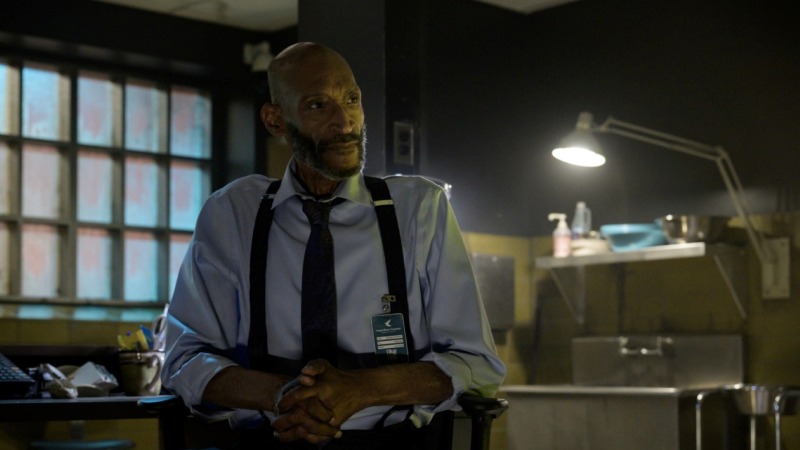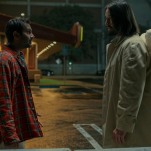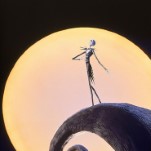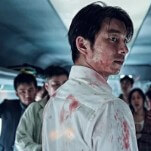Final Destination Bloodlines Doesn’t Innovate, But It Delivers

Unlike some resurrected turn-of-the-century horror franchises, like the recent Scream sequels or the upcoming I Know What You Did Last Summer reboot, Final Destinations Bloodlines does not revive any major characters from past movies, or even formally connect new ones to them by blood, despite its title. (It does bring back a minor one, and he steals the whole thing; more on that later.) But in their way, aren’t all Final Destination movies legacy sequels? They’re all connected by death’s grand, stupid design – the idea that if a tragic accident is halted by unusual means (say, a movie-starting and showstopping premonition), unseen forces will circle back and methodically check those saved lives off its vast list. It’s irresistibly absurd, with the built-in nag that maybe to call it absurd is to tempt fate yourself.
The earlier Final Destination films follow a fairly rigorous formula, which means that the tweaks of Bloodlines can feel like innovations instead of what they are: clever minor adjustments to the angle of approach. Each movie begins with an elaborate set piece where a point-of-view character glances nervously around some kind of public gathering, notices a number of slightly uncanny (or sometimes just comically outsized) details, and then witnesses a horrific large-scale accident unfold, ending with their gruesome death. At that moment, the protagonist jolts awake; they are alive, a few minutes before the impending disaster, having just experienced a detailed premonition. They panic, extricate themselves from the situation, and save some lives in the process just before the accident proceeds, otherwise exactly as predicted. This doesn’t spare the survivors, however. The rest of the movie – and typically these sequences take up a solid 10 or 15 minutes of concise 90-minute runtimes – is spent trying to escape death’s all-seeing purview.
Final Destination Bloodlines expands its vision by reaching further back in time, though directors Zach Lipovsky and Adam Stein are not exactly surefooted in evoking a period outside of the franchise’s 2000s heyday. According to information revealed later in the picture, Iris (Brec Bassinger), the point-of-view heroine for a typically spectacular opening, should be experiencing the nightmarish collapse of a skyscraping restaurant about 50 years earlier, or around 1975. The fashions in this sequence, however, look more like the early 1960s, as does the house band performing a cover of the Isley Brothers’ song “Shout”; then, at one point, a radio plays Creedence Clearwater Revival’s “Bad Moon Rising,” from 1969. No straight-up anachronisms, but many signs that 15 years’ worth of culture are being collapsed into a single, exceedingly fuzzy snapshot. I won’t even get into the age of the actor who plays a grown-up version of a character who would have been born no earlier than 1970 by this movie’s timeline.
Despite all of this, there’s novelty in this sequence, because it’s not focused so tightly on callow teenagers. Iris is a young adult, looking toward her future, and although she escapes one particularly horrifying fate, she still suffers major losses. Or so we’re left to presume; for once, the movie does not run the disaster back and show Iris escaping it, at least not right away. Instead, the vision of her possible demise has been haunting Stefani (Kaitlyn Santa Juana), who re-experiences it every time she falls asleep. This has been going on for months; at her wit’s end, she returns home from college to see if her family can help her unravel the mystery.
-

-

-

-

-

-

-

-

-

-

-

-

-

-

-

-

-

-

-

-

-

-

-

-

-

-

-

-

-

-

-

-

-

-

-

-

-

-

-

-








































